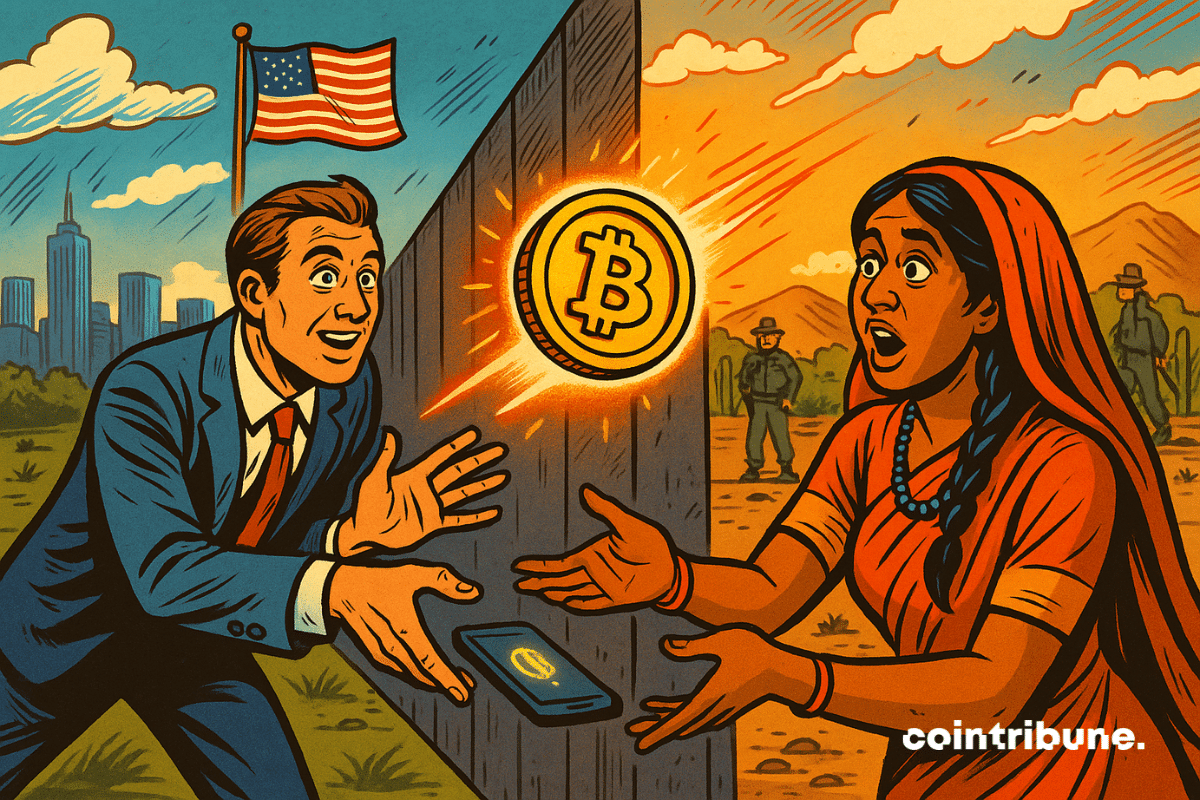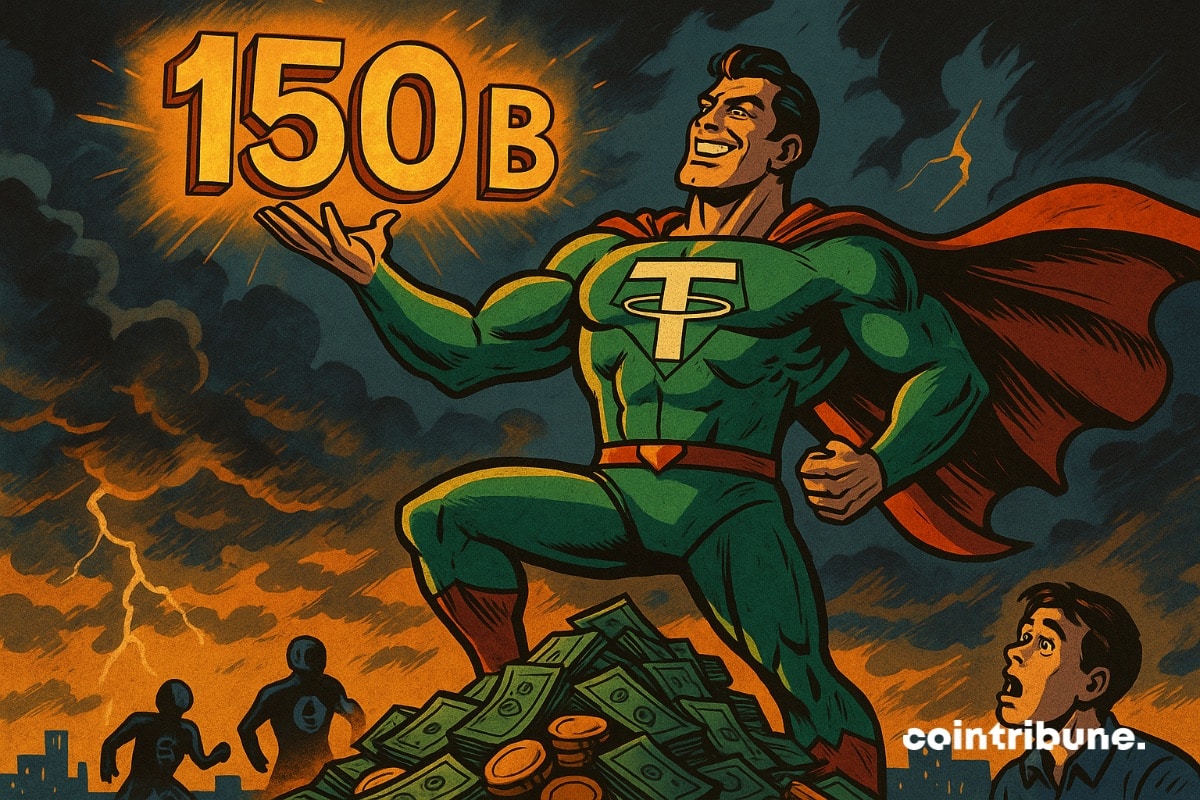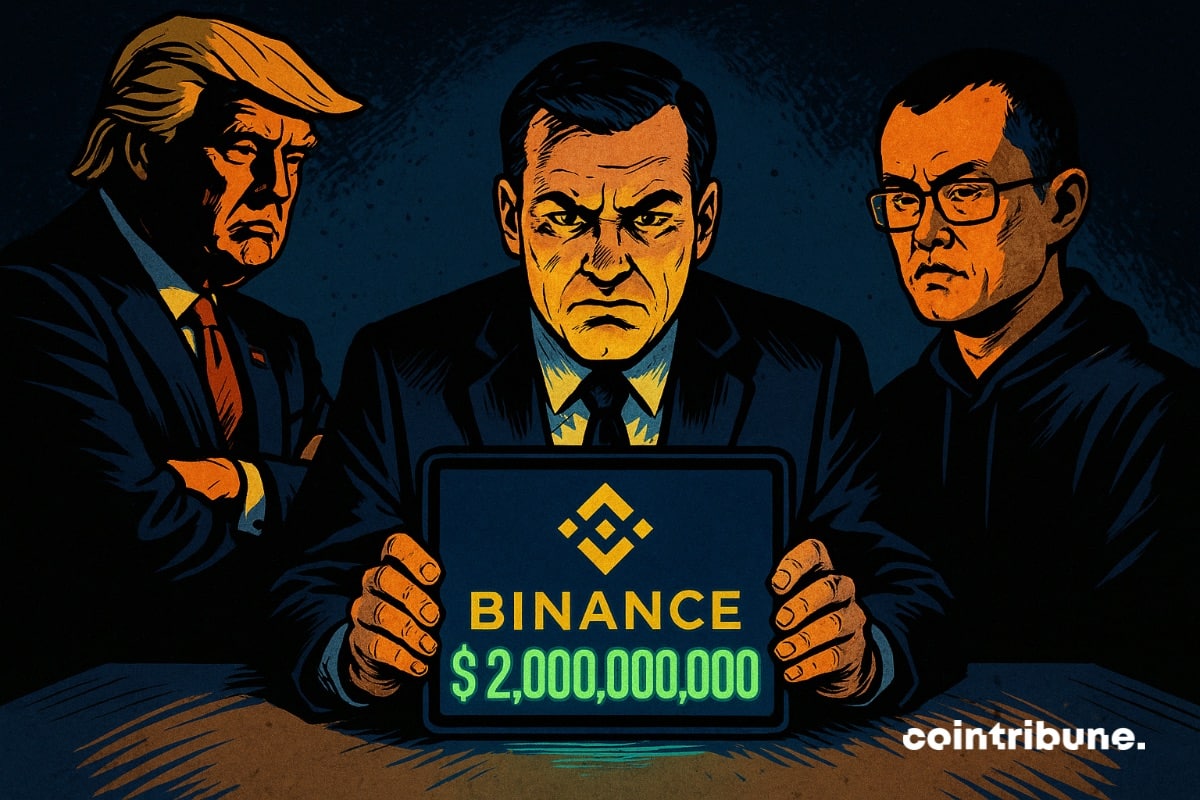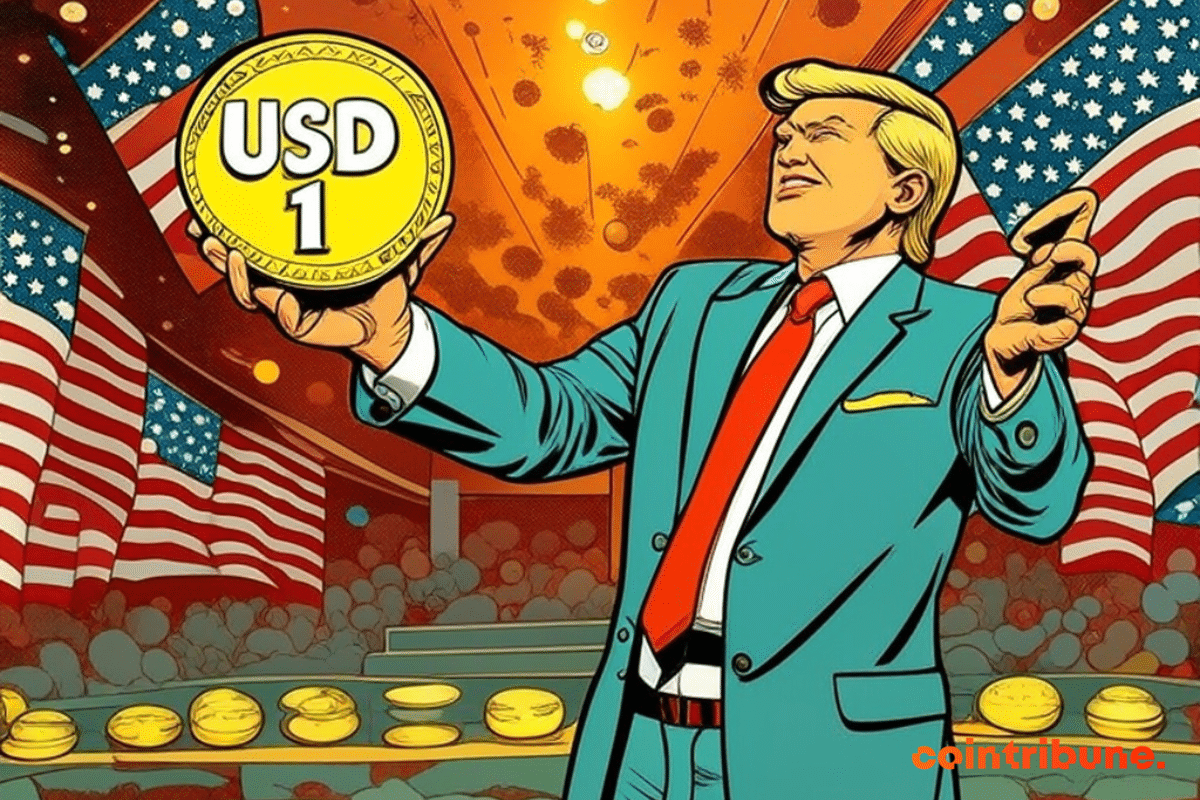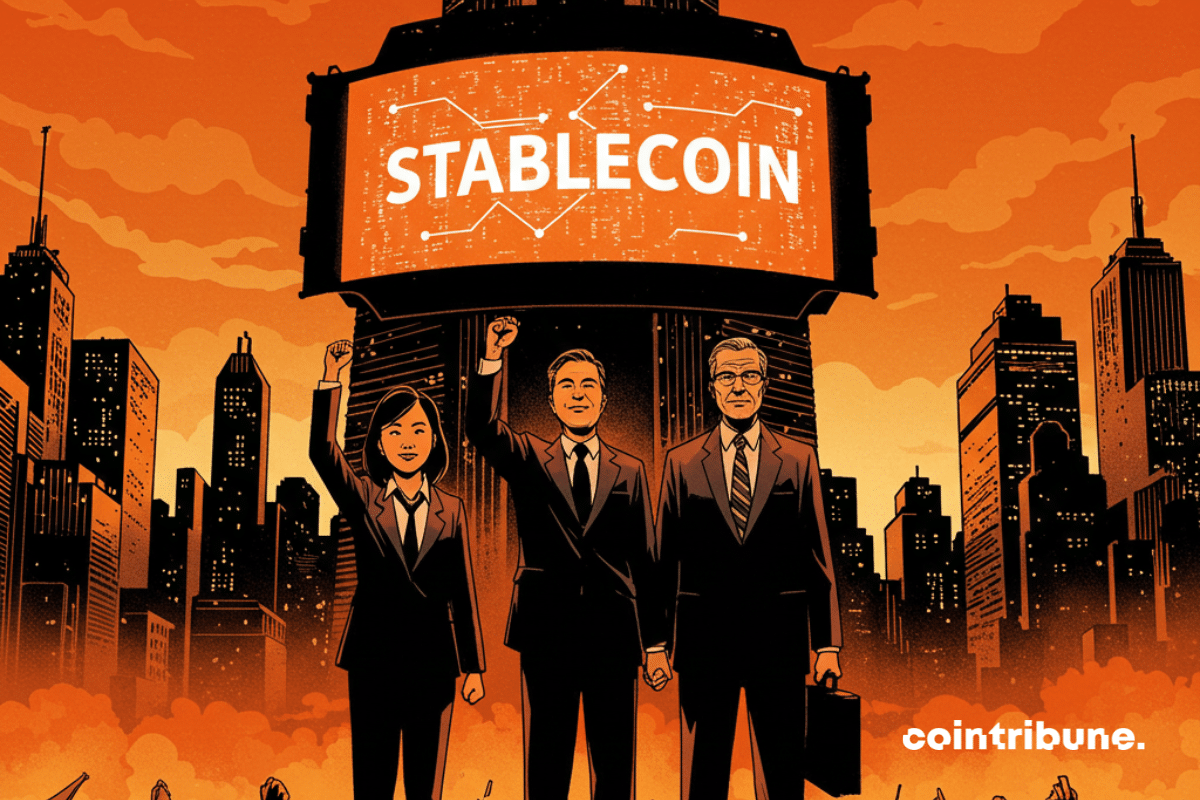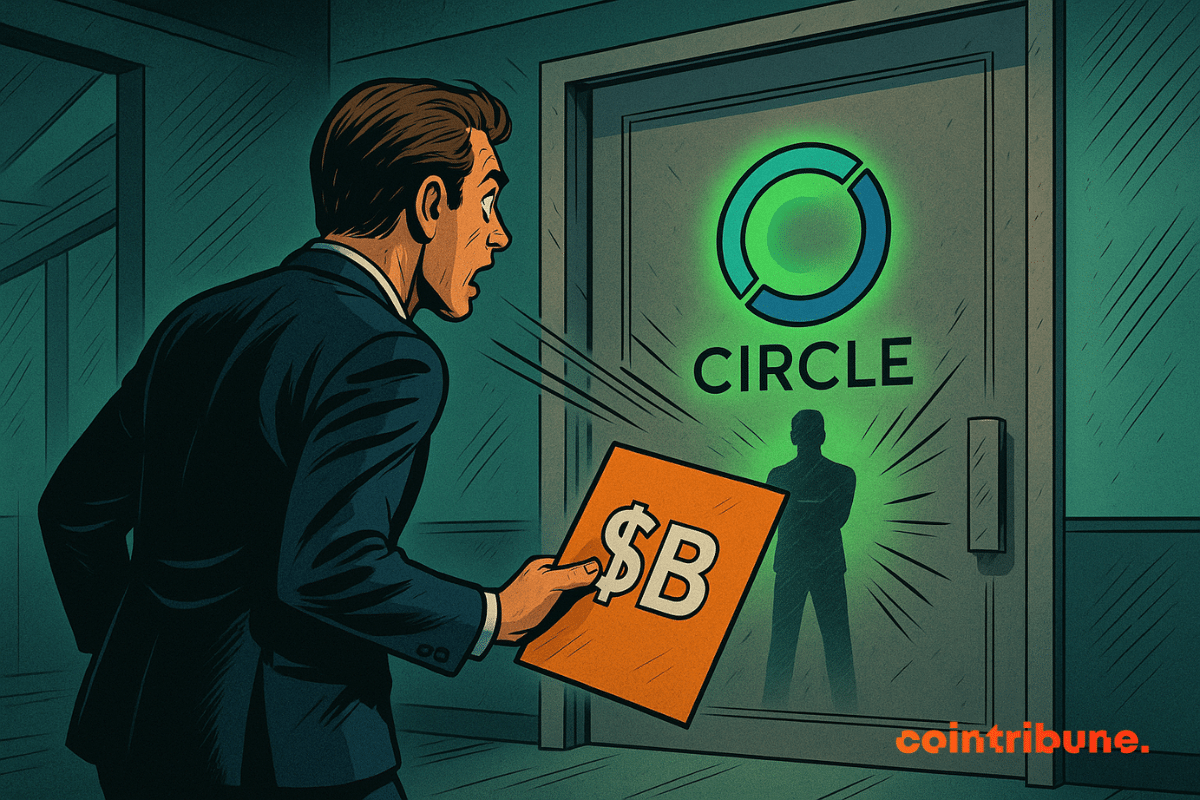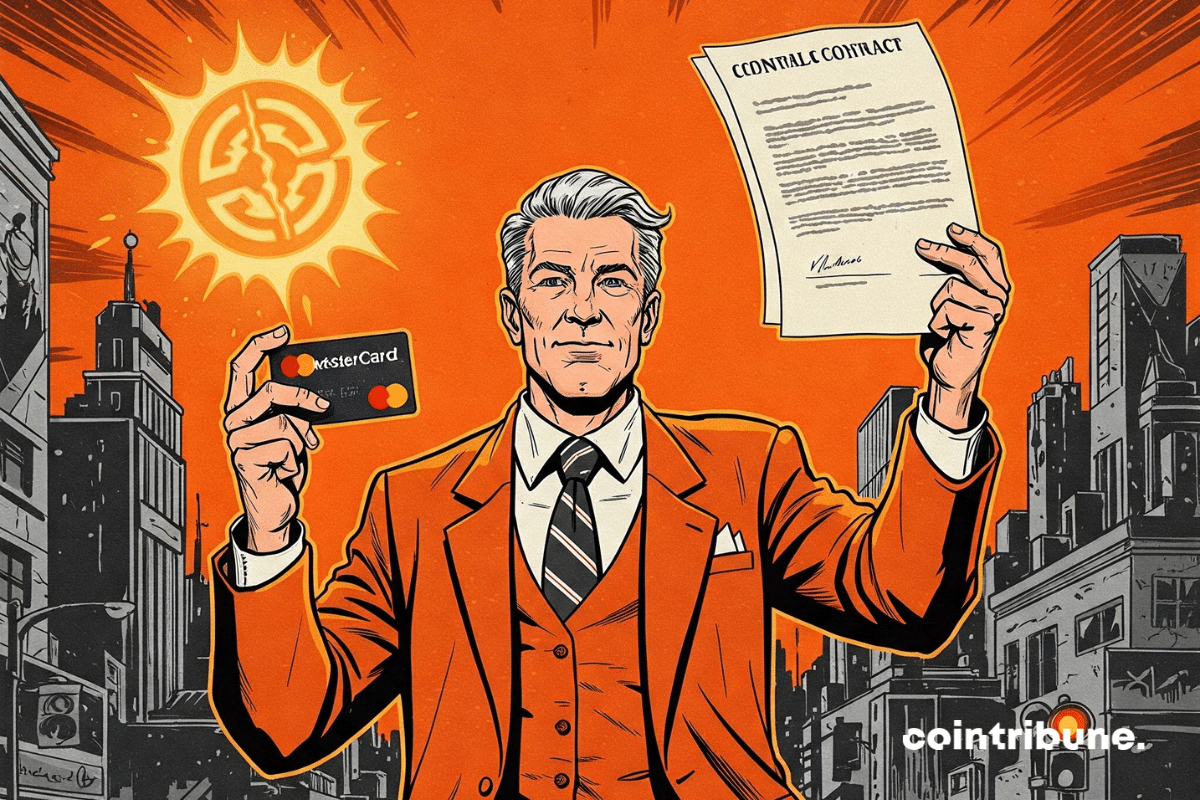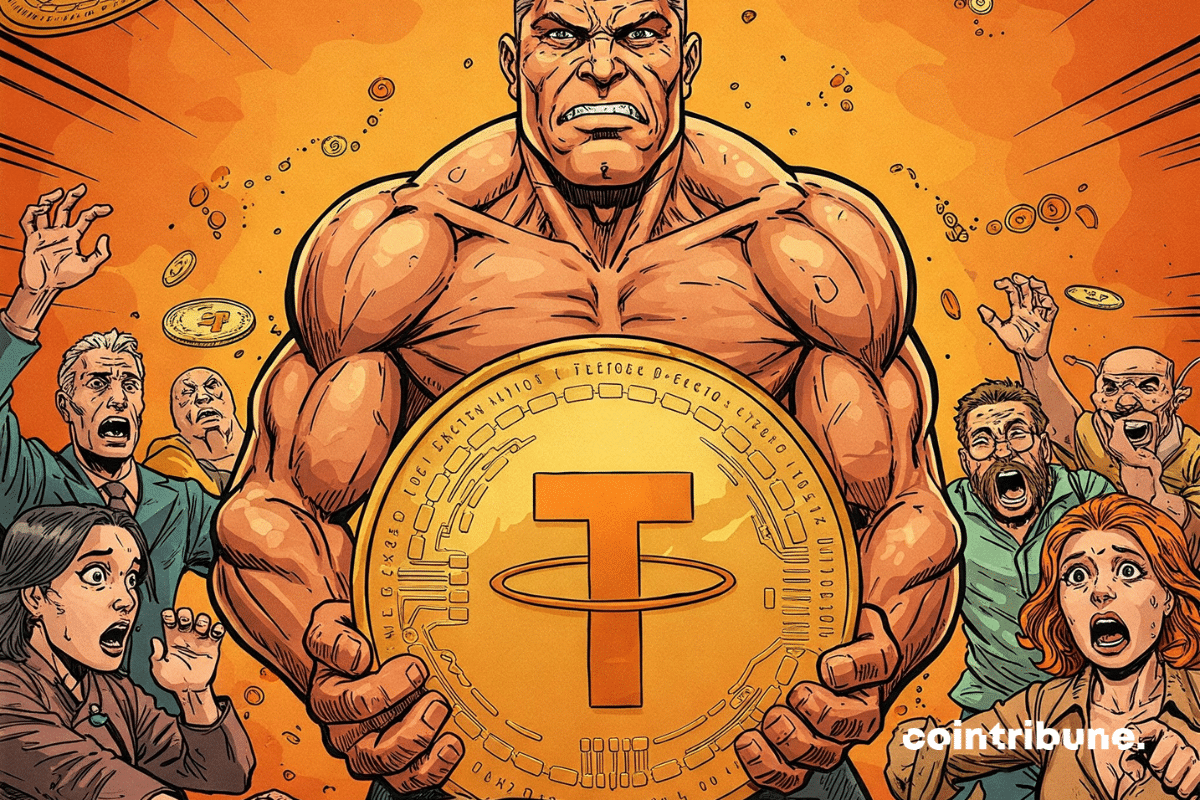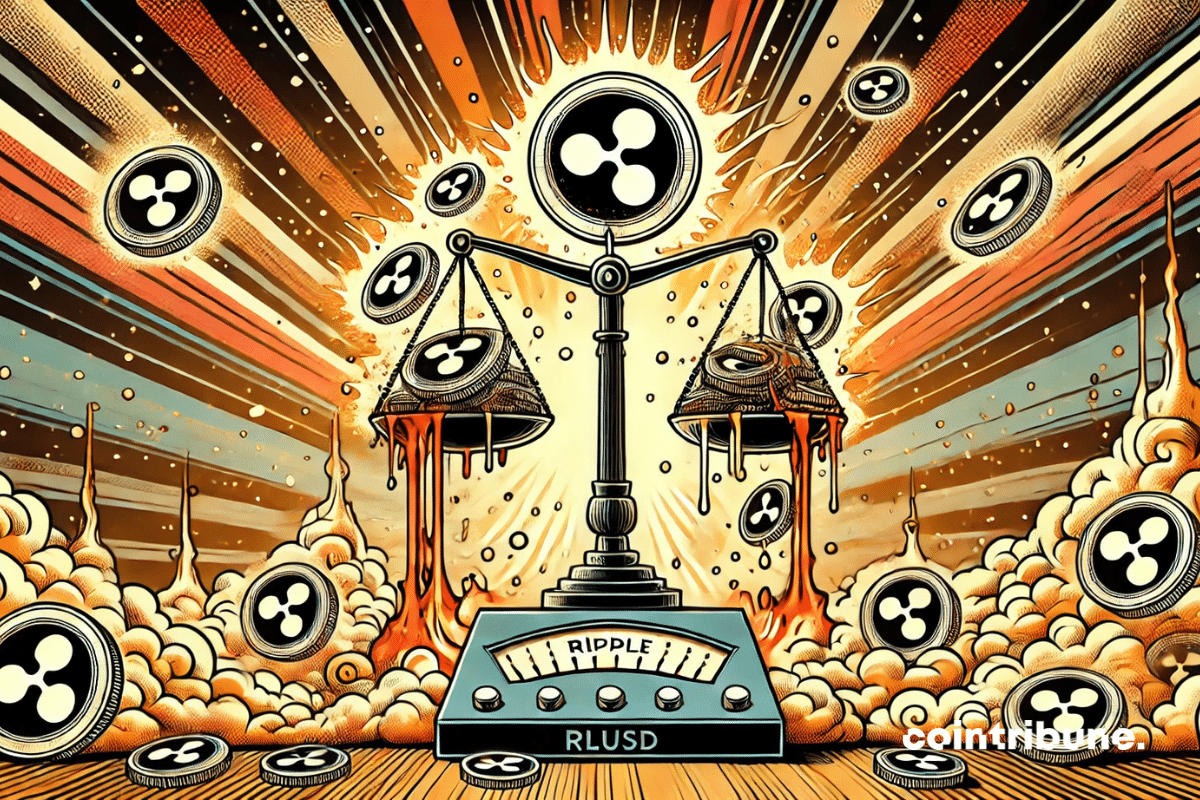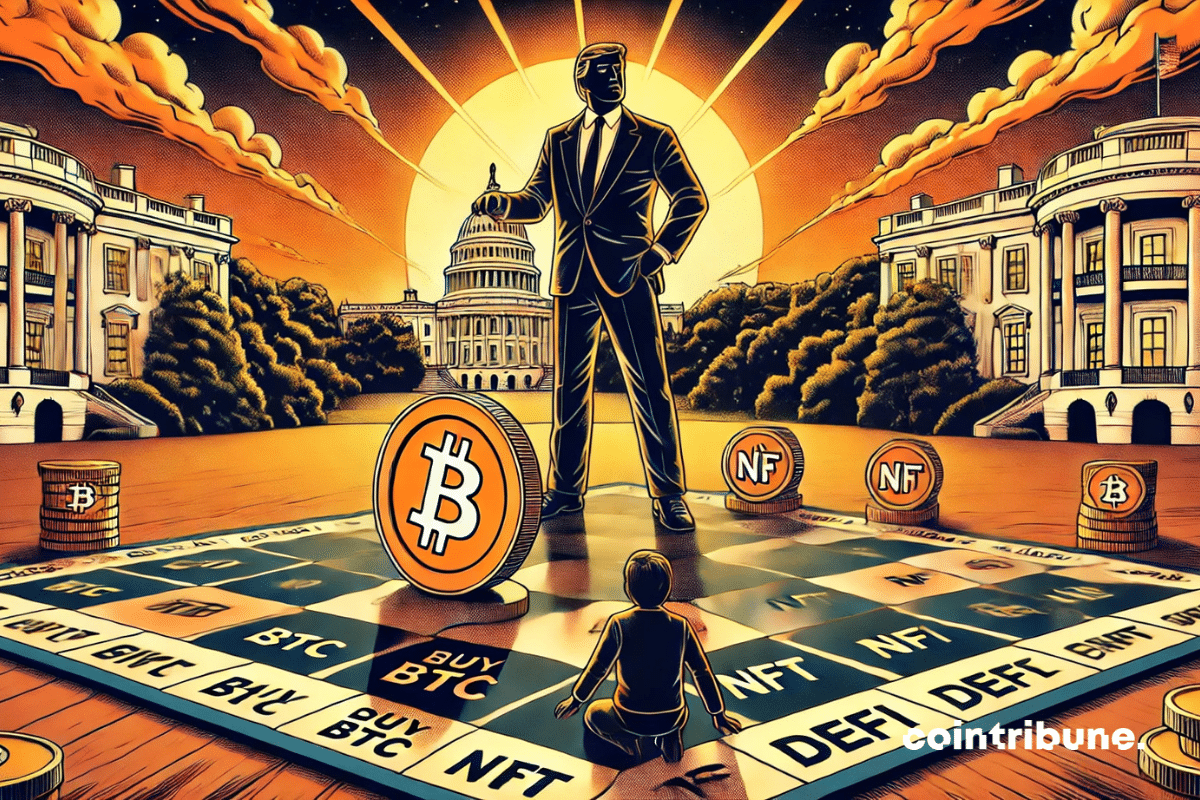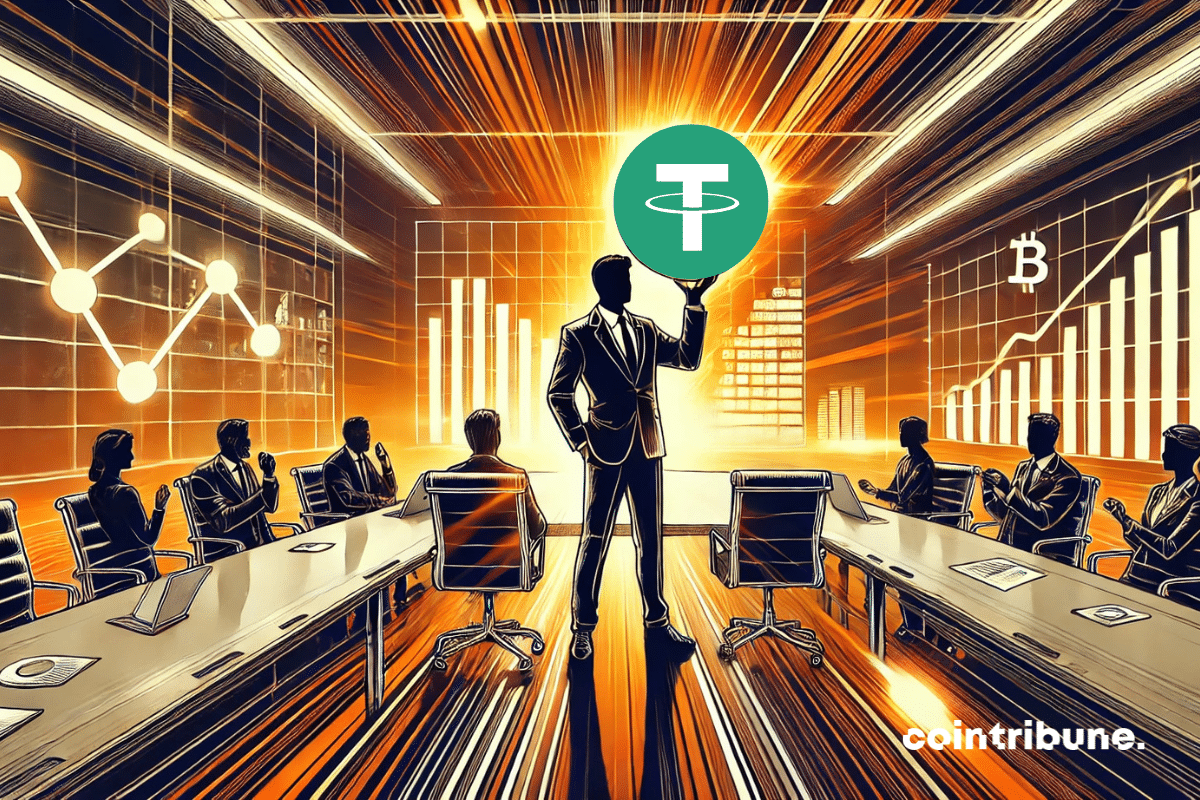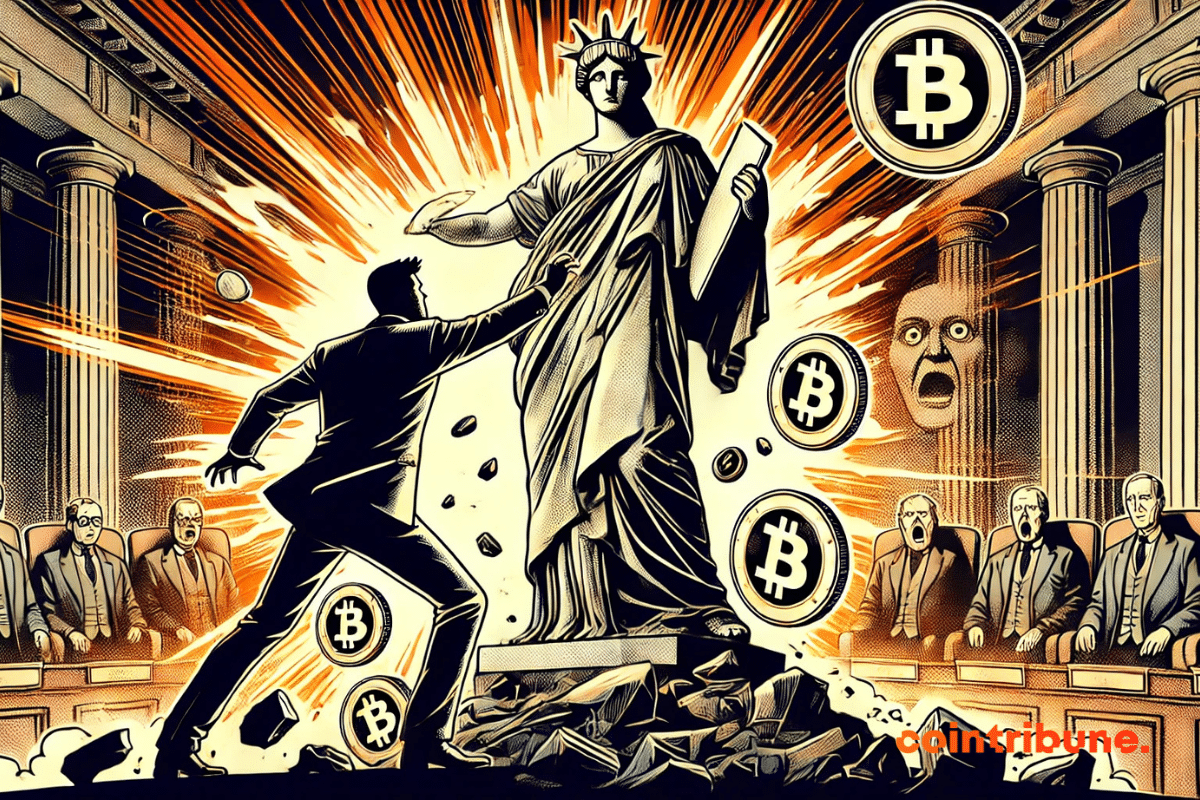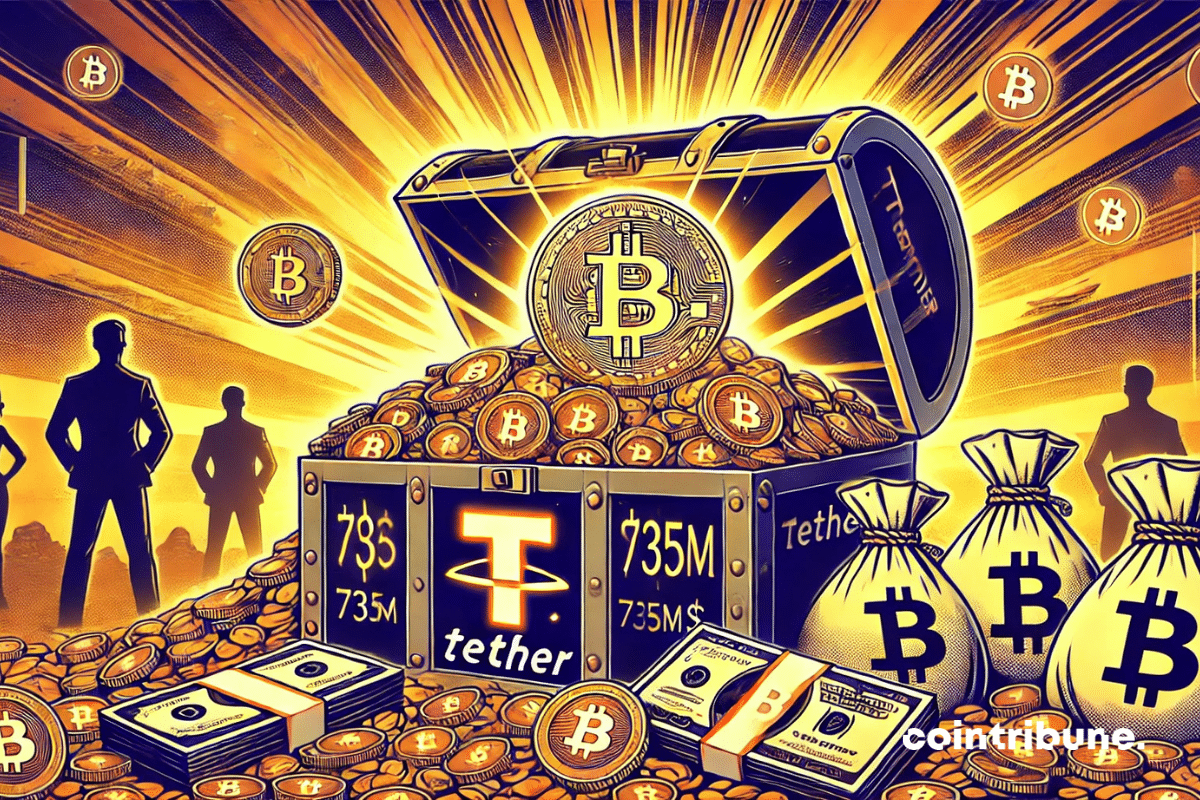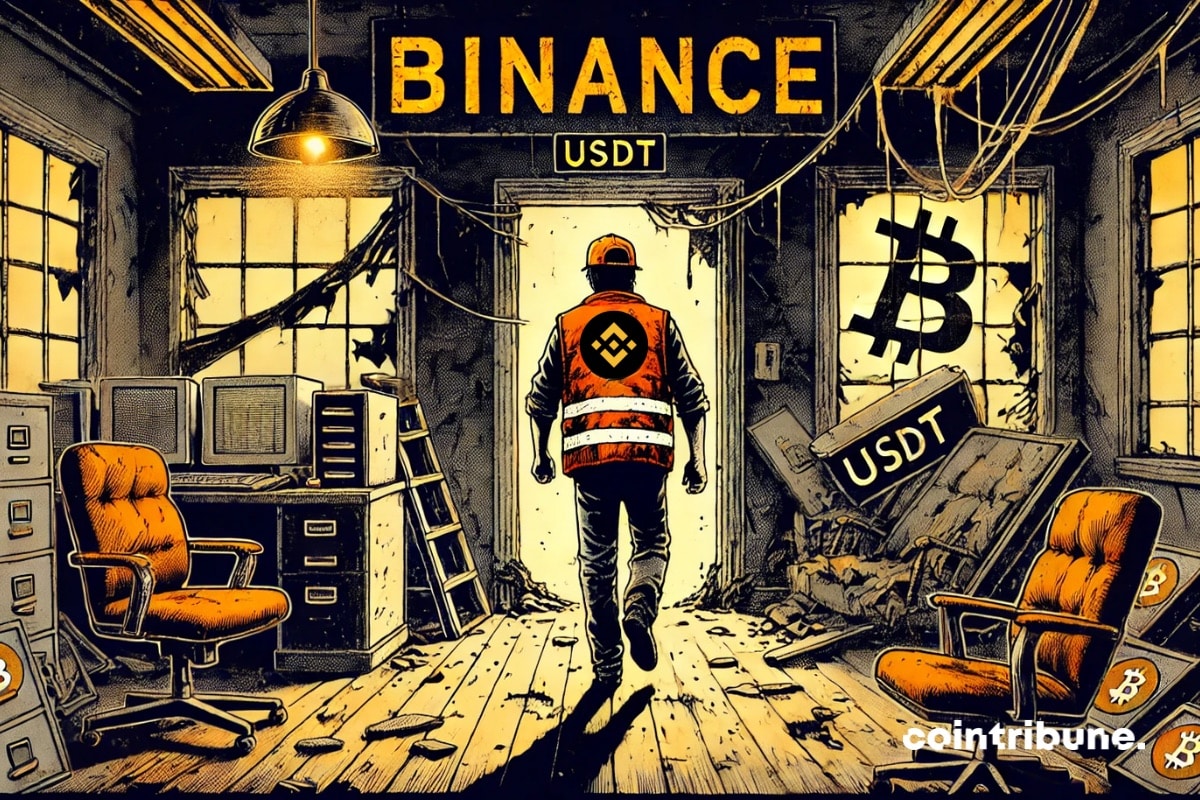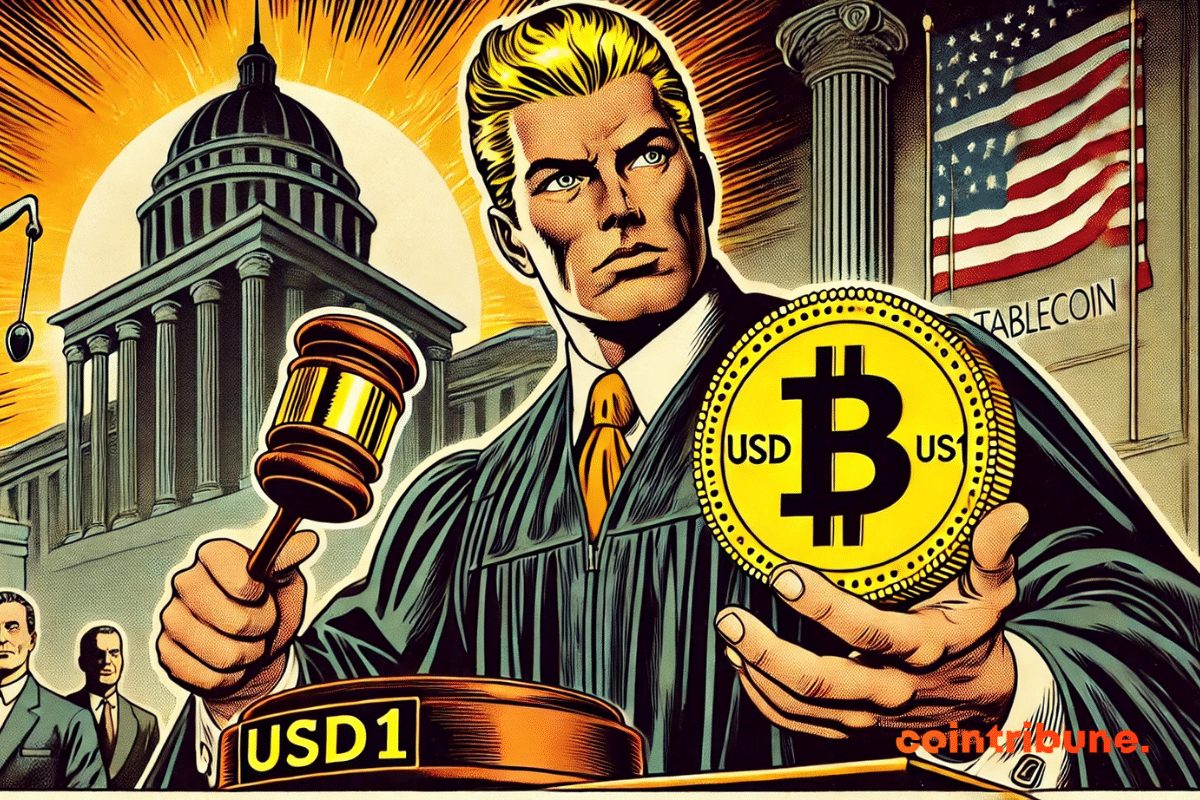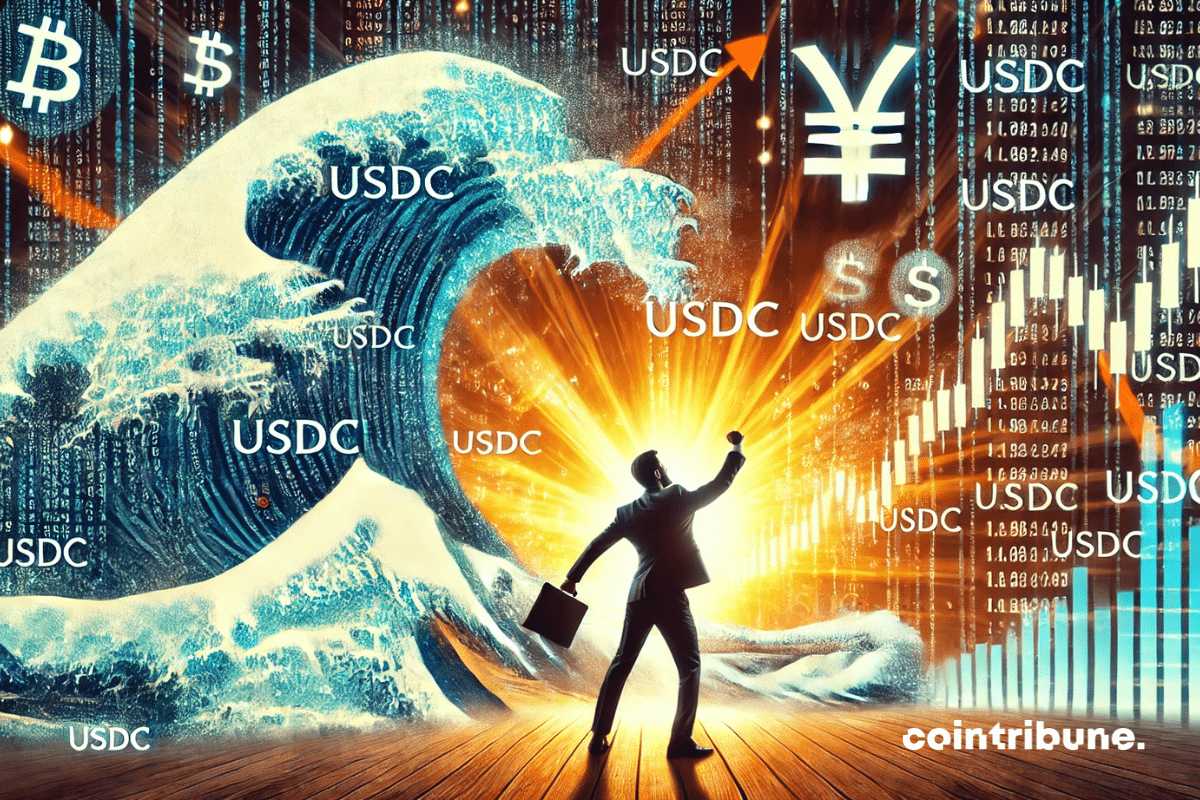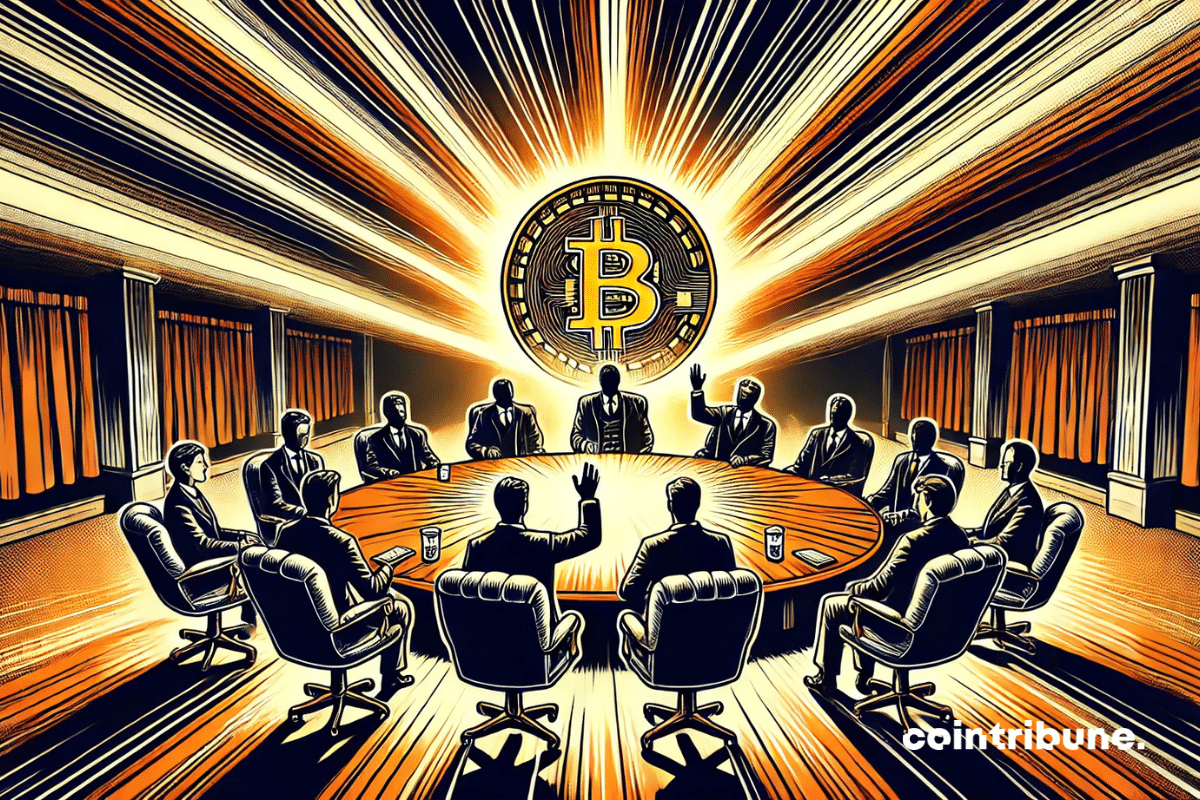The BIS reveals that $600 billion in crypto circulated in 2024, primarily for speculation, not for real use. Details here!
Theme Stablecoin
Tether reaches a new milestone with a market capitalization of 150 billion dollars. This historic landmark illustrates the growing dominance of USDT in the world of stablecoins and confirms its central role in the crypto ecosystem. An analysis of the economic, technological, and regulatory issues surrounding this rapid rise.
A massive $2 billion investment in Binance, backed by a stablecoin linked to the Trump family, is shaking Washington. Senators are calling for an investigation into Donald Trump and Changpeng Zhao. Amid conflicts of interest, potential presidential pardons, and foreign influence, a politico-crypto shock threatens the American regulatory balance.
Three years after the failure of Diem, Meta returns to the crypto universe. This time, the company is exploring the use of stablecoins to pay creators on its platforms. By betting on USDC or USDT, it is embracing a more flexible approach focused on adoption, stability, and global financial inclusion.
The crypto greenback is waging its war: while rivals battle in plain sight, USD1 climbs the rankings, propelled by the Trumps and boosted by billions.
Ripple’s Chief Legal Officer, Stuart Alderoty, has criticized Elizabeth Warren, a United States Senator representing Massachusetts, for opposing key legislation aimed at regulating stablecoins in the United States.
Tether throws a stone into the European regulatory pond: its CEO categorically refuses to submit USDT to the MiCA framework. A decision that could disrupt the stablecoin market in Europe, weaken crypto exchanges, and highlight a front-line opposition between regulation and global financial innovation.
Tether is hitting hard at the start of 2025: with over $1 billion in profits and $5.6 billion in excess reserves, the leader in stablecoins confirms its supremacy in the crypto market. This financial performance strengthens its position against regulators and emerging competitors.
And what if the dollar was no longer the only compass for stablecoins? Around the world, a tide is forming: governments, regulators, and companies want alternatives. Between monetary sovereignty and geopolitical ambitions, crypto is taking an unexpected turn.
Ripple, which wanted to acquire Circle for 5 billion, got the door slammed in its face. Result: a duel of stablecoins where USDC does not intend to let itself be overshadowed.
Crypto: Mastercard and its partners are reinventing the digital economy with the integration of stablecoins into payments. The details!
Despite strong competition, Tether dominates the crypto stablecoin market with a 66% share and record profits. Details here!
Ripple, in "burn & mint" mode, aims to outdo Tether with its stablecoin RLUSD. The goal: to be among the top 5 stablecoins by December. Stay tuned, but things are heating up!
Blockchain could experience its major turning point in 2025, comparable to the explosion of ChatGPT in AI. Driven by favorable regulation and the rise of stablecoins, this technology is set to revolutionize traditional finance and public systems, according to a compelling analysis by the American bank Citigroup.
Cryptos are gaining legitimacy. Powell is betting on stablecoins and clear legislation, with appropriate regulations, even in the face of less optimistic economic forecasts for the United States.
The Russian Ministry of Finance is exploring the possibility of developing its own stablecoin. This comes after recent U.S. sanctions and actions by Tether, which blocked wallets linked to the Garantex exchange. This initiative primarily aims to avoid dependency risks associated with foreign stablecoins, such as USDT.
The Italian Minister of Economy and Finance, Giancarlo Giorgetti, expressed his concerns about the threat posed by American stablecoins, emphasizing that they could represent a greater danger than Donald Trump's tariffs. According to him, these dollar-backed cryptos risk disrupting Europe's financial stability.
The Trump family crypto game inspired by Monopoly: a project that could transform digital real estate. Details here!
Stablecoins, these cryptocurrencies backed by real assets, could see their supply increase dramatically, reaching $2 trillion by 2028, according to a recent analysis. Currently valued at around $230 billion, this market could thus multiply by ten in the coming years, driven by imminent legislation in the United States.
WLFI, whose partner is the Trump family, is testing its stablecoin with a USD1 airdrop. While this initiative attracts attention, it also raises concerns about regulation.
Tether, the leader of USDT, is preparing a new American stablecoin aimed at financial institutions. This strategic project emerges as Washington moves towards a regulatory framework for these dollar-backed digital currencies.
The Ethereum network has reached a historic milestone with 200,000 addresses holding stablecoins. This record adoption stands as the backbone of a more mature digital economy, potentially reshuffling the cards for this altcoin whose price is struggling to take off.
In an uncertain macroeconomic context, a clear trend is emerging: stablecoins are entering an independent bull market, according to the asset manager VanEck in its April 2025 report. While smart contract platforms like Solana and Ethereum are experiencing a significant slowdown, stablecoins are rapidly gaining ground in the crypto ecosystem.
In a context where crypto is infiltrating the corridors of power, an accusation shakes Washington. Representative Maxine Waters, a key figure of the Financial Services Committee, accuses Donald Trump of manipulating the legislative chessboard to impose his own crypto interests. Behind the semblance of a technical debate on stablecoins lies a much more troubling battle: that of a president seeking to replace the dollar with a digital currency bearing his likeness.
Tether, this whale of the digital seas, seizes 8,888 BTC, its unwavering quest for the elevation of the dollar in a fluctuating world where only the stability of Bitcoin shines.
Binance stops USDT trading in Europe, a historic decision driven by MiCA regulations. This major turning point directly impacts crypto users in the EEA and redefines the future of stablecoins on the old continent. Is this the end of USDT in Europe? What solutions are there for crypto investors?
Imagine a president, builder of skyscrapers and scandals, minting money at will based on the laws he writes. The USD1 is not just a stablecoin; it is the gateway to finance without safety nets.
The USD Coin (USDC) stablecoin from Circle has just reached a record level with a market capitalization exceeding 60 billion dollars. This symbolic milestone is part of a broader trend of expansion in the stablecoin market, which now has a total capitalization exceeding 230 billion dollars.
GameStop is shaking things up. Indeed, the board of directors of the video game giant has just approved the addition of bitcoin to its treasury. Far from a mere publicity stunt, this decision marks a strategic break for a company in the midst of transformation, firmly intent on aligning with new economic dynamics after years of instability. A strong signal to the markets and the crypto ecosystem.
What if your digital wallet became your bank? This is the bet that Sam Altman, CEO of OpenAI, seems to want to take with Worldcoin. According to sources close to the matter, Tools for Humanity, the company behind this project, is negotiating with Visa to create a payment wallet in stablecoin. An alliance between crypto boldness and traditional financial infrastructure. The goal: to transform the World Wallet into a universal "mini-bank account." But behind this promise lie challenges as complex as the irises scanned by Worldcoin.
